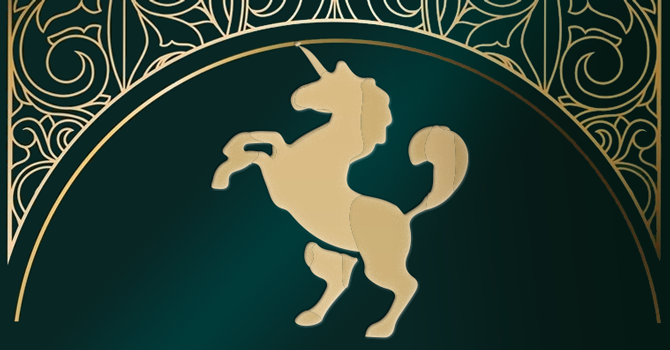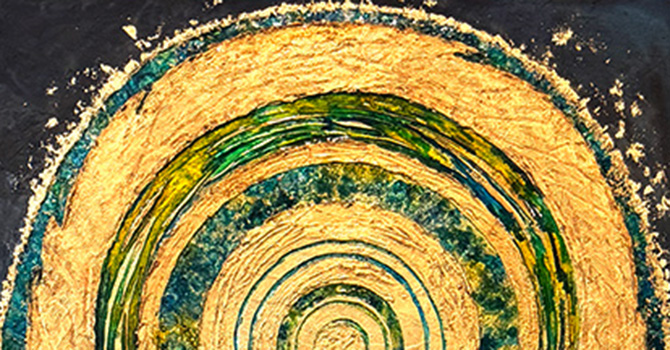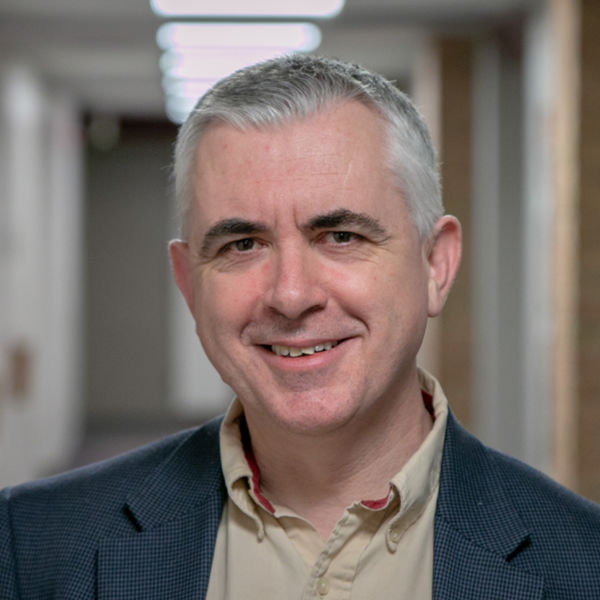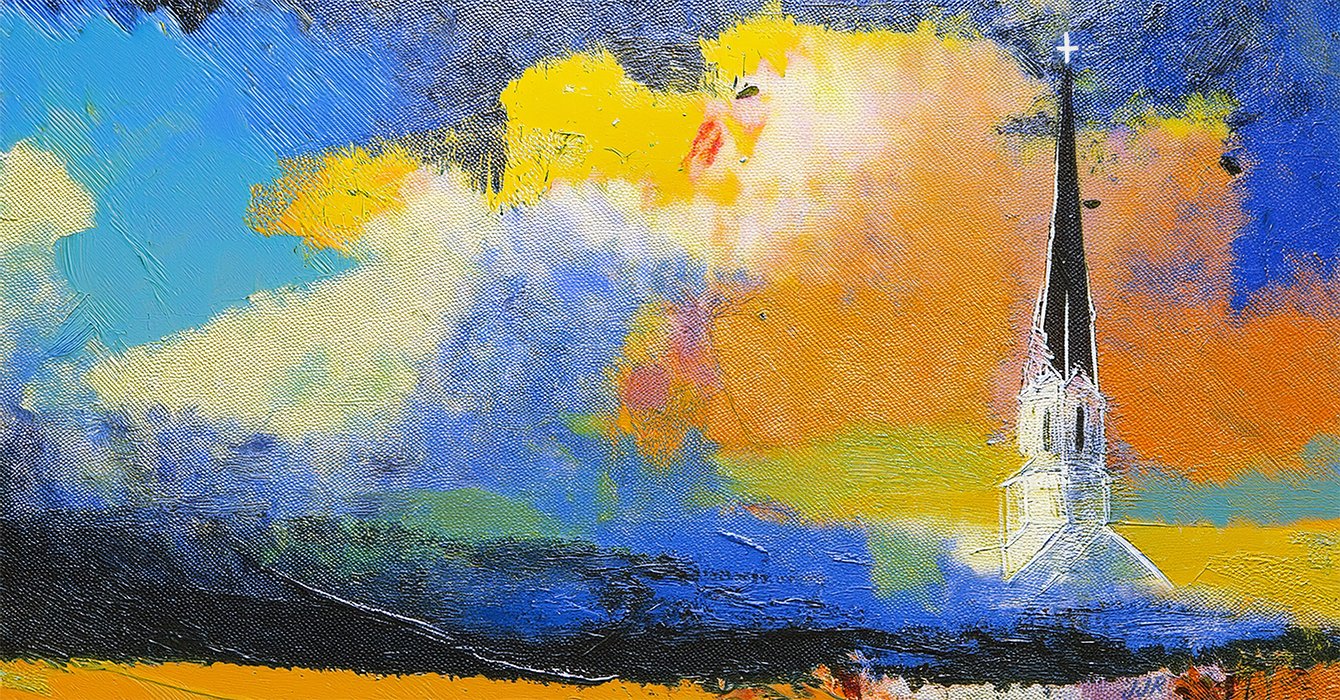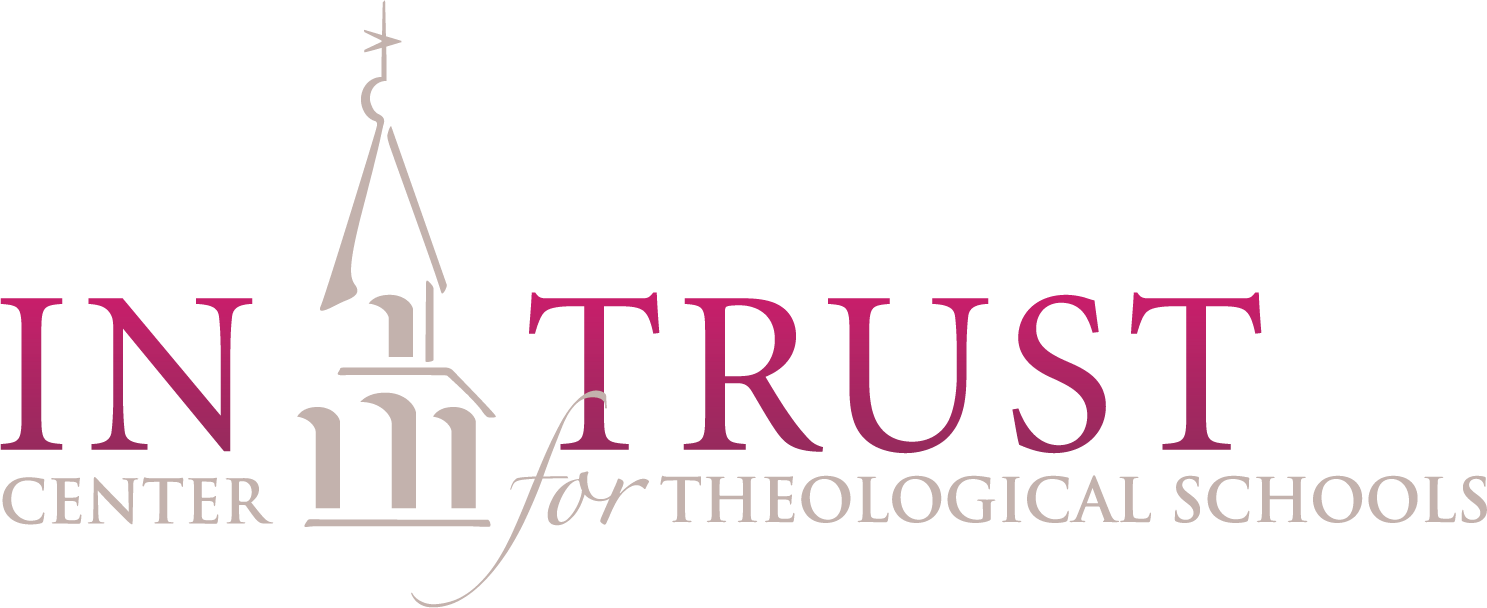When people think of science and religion, they often imagine a chasm between the two: testable hypotheses vs. untestable faith, big bang vs. creationism.
But what if there were a bridge between them, a way to bring science and religion together?
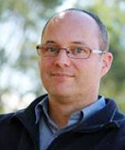 For Paul Tyson, thinking about “magic” offers just such a connection.
For Paul Tyson, thinking about “magic” offers just such a connection.
Tyson works with the Institute for Advanced Studies in the Humanities at the University of Queensland as the coordinator and a principal investigator for the After Science and Religion project.
His new book, “Seven Brief Lessons on Magic,” examines ways of incorporating magic -- the intangible, qualitative world of meaning, value and higher purpose -- into everyday life, and how embracing magic can help fill in the gaps between scientific research and faith.
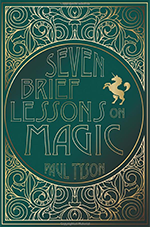 “This approach to thinking about magic as a way of thinking about the metaphysics of nature is, I think, both a fruitful way out of some intractable roadblocks for ‘science and religion’ discourse,” he said. “And it’s something that connects in with ordinary people’s deep hunger to understand the reality of such things as love, purpose, quality, meaning and transcendence in their own lives.”
“This approach to thinking about magic as a way of thinking about the metaphysics of nature is, I think, both a fruitful way out of some intractable roadblocks for ‘science and religion’ discourse,” he said. “And it’s something that connects in with ordinary people’s deep hunger to understand the reality of such things as love, purpose, quality, meaning and transcendence in their own lives.”
Tyson spoke with Faith & Leadership’s Katie Rosso about his research on magic, nature, and the narratives of science and religion. The following is an edited transcript.
Faith & Leadership: What was your inspiration for writing the book?
Paul Tyson: This is an odd book. I’m glad they put a unicorn on the front -- it’s lovely. The unicorn is a symbol of Christ in medieval animal stuff. In Peter Harrison’s beautiful book “The Territories of Science and Religion,” he looks at how science and religion evolve over time. Before 300 years ago, there’s no such thing as “science” or “religion.” The way we think about religion now has a pretty brief history, but science is even shorter. The word “scientist” doesn’t really appear until the 19th century. So Peter just maps the way in which these two territories start to separate out and there starts to be kind of a high wall between them. Something is either science or religion. Peter, being a good historian, doesn’t believe in the existence of either of them.
F&L: You talk in the book a lot about nature as a form of magic. What are some examples of magic we encounter on an everyday basis?
PT: Magic is anything qualitative, anything purposive, anything meaningful, which is everything important to us. But science has gotten in the way of thinking of those things as real -- so love is just hormones, purpose is just instinct, meaning is just language. … It’s ridiculously reductive and upside-down. They are practical, necessary “animal” things, but they’re also the epiphenomena of spiritual life -- the first part of our being.
In Christianity, being made in God’s image is the first thing, and being material animals is a derivative function of that. But magic is a great way of bridging between the two. If you say magic is real, if you say meaning and value and purpose and love and goodness and beauty and truth are real, rather than just subjective ideas, then you can interface the deep richness of our faith with scientific knowledge.
Magic is real and important -- that’s the basic message of my book.
F&L: What was the process of writing the book?
PT: I’m a sociologist, which is social science. That means it’s something that both hard scientists and humanities people think is rubbish. But I’ve always had a fascination with science and questions about meaning. So I did seven little 2,000-word essays. I thought, “How hard could that be? I can do that.”
It wasn’t finished, but it was there. I had these thoughts just bouncing around in my head, and then I read this popular book about unlocking the keys to the universe through physics, and I thought, “You can get so far with that, but we can get further with theology.” It was all just there and came out in one easy bang. I’ve never written a book that came out so easily.
F&L: What was the real-life application you were hoping to offer with these seven essays?
PT: The structure is really quite simple, and I think that’s the key to its being an accessible book. I wanted to focus on the idea that the way we live is bad for narratives of meaning for people. You need to be imbedded in organic human communities that are not simply set up for instrumental efficiency. This is harder and harder to do with the mass media and states and corporations taking all the roles of meaning making. They want to make money out of us; they’re not really interested in us and what we need for human meaning.
So in the book, I’m saying that in reality, the things that make us human are magic -- love and meaning and purpose and the moral fabric of our lives. Those are the things that make us human. But because the world is not particularly interested in those things, and because our knowledge world only deals in things you can understand scientifically, we don’t have any good means of understanding what makes life meaningful to us.
The church actually has enormous resources in this area. They’ve got the smartest people who have been thinking about this for the past 2,000 years.
So I thought, “All we’ve got to do is scratch people where they’re itching” -- [make the case] that we have meaningful lives but we’ve gotten in the way of understanding what our meaning means, because science and religion have not existed for that long.
The theology of metaphysics, understood in the right way, can truly give us the means of understanding what’s going on in our ordinary lives. So I want to get in on the interest in magic, which I see as an interest in meaning, and couple that with ordinary reality.
Living with your family is a meaningful and magical thing. And if I could connect that with reality and provide a framework of metaphysics of nature that makes it easy for us to think magic is real, then that’s what I wanted to do with this.

